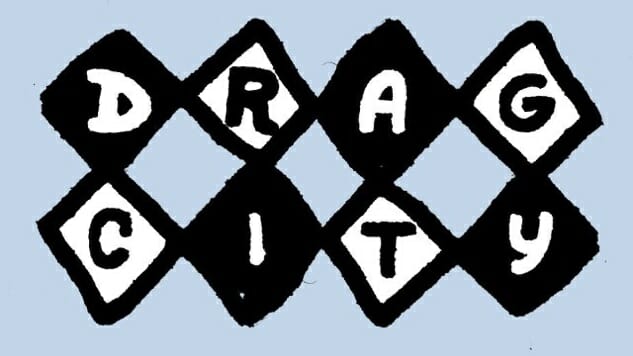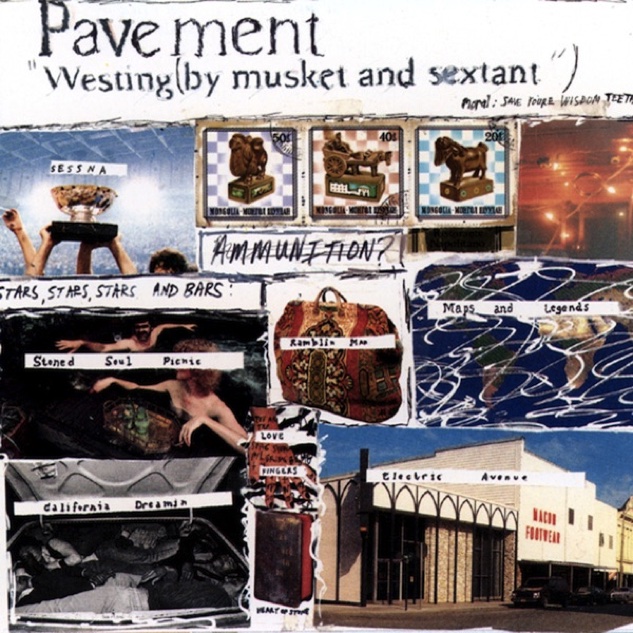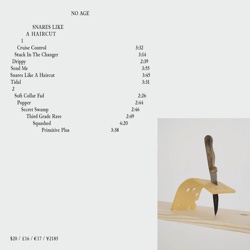12 Great Drag City Albums Now Available on Spotify
The revered Chicago indie label has finally dropped much of its catalog on streaming services. Here's a guide for where to begin.

Despite the conveniences of streaming services—not to mention their near total domination of the music industry—there are still gaping holes in their offerings. For most of us at Paste, the biggest one was the catalog of Chicago indie label Drag City, home to dozens of underground (and not-so-underground) American artists ranging from Pavement, Silver Jews and Smog in the 1990s to more recent albums by Joanna Newsom, Jessica Pratt and Ty Segall. For years, the only Drag City albums available on Spotify were those whose digital rights were licensed elsewhere, like the Royal Trux catalog, recently reissued by Fat Possum. Last year, the label made most of its inventory available on Apple Music, but kept a tight lid in place when it came to the other major streaming players.
That changed Sunday, when Drag City unexpectedly released a huge portion of its music on Spotify, GooglePlay and Tidal. (Asked by Paste why they finally did, a spokeswoman declined to comment.) It’s not everything. Still missing from Spotify are albums by critics of the streaming service including Joanna Newsom and Jim O’Rourke, along with several albums from Bonnie “Prince” Billie and Smog. Nevertheless, to mark the occasion we’ve picked out 12 classic Drag City albums that we recommend you check out immediately, listed in chronological order.
 1. Pavement: Westing (by Musket and Sextant) (1993)
1. Pavement: Westing (by Musket and Sextant) (1993)
Listen on Spotify
Before Slanted & Enchanted defined an era of indie rock, Pavement were already hot among record collectors and noise fans thanks to their first three EPs. These included the band’s self-released debut, 1989’s Slay Tracks (1933-1969, and two records that were released on Drag City, 1990’s Demolition Plot J-7 and 1991’s Perfect Sound Forever. 1993’s Westing (by Musket and Sextant) collected these EPs, along with the original “Summer Babe” single and a couple of compilation tracks, on CD for the first time. These noisy, fractured pop songs remain some of the band’s most striking work, and generally hold up better today than their last couple of albums. A number of cult hits among the Pavement faithful were unavailable on Spotify until this comp went up, including “Box Elder,” “Debris Slide” and “Perfect Depth.” —Garrett Martin
 2. Palace Brothers: There Is No-One What Will Take Care of You (1993)
2. Palace Brothers: There Is No-One What Will Take Care of You (1993)
Listen on Spotify
After dabbling in acting, Will Oldham arrived as a fully formed artist on his first album, which sounds like it was recorded on a boom box. Backed by members of Slint, Oldham introduced his creaky, lo-fi take on traditional American folk music, with one cover and 11 originals that all could’ve become standards. Standouts include catchy opener “Idle Hands are the Devil’s Playthings,” the psychosexual epic “Riding,” and the plaintive, monotone “(I Was Drunk at the) Pulpit.” —Garrett Martin
 3. Flying Saucer Attack: Further (1995)
3. Flying Saucer Attack: Further (1995)
Listen on Spotify
Between the name and the fact that their records sound like recordings of background radiation from outer space, it’s tempting to call Flying Saucer Attack a space-rock band. And sure, at their most rocking they definitely fit that bill. Despite all the noise, though, Further is a folk record at heart, like a collection of Bert Jansch songs gorgeously sculpted out of drones and feedback. Drag City has always been home to some of the most daring and unconventional artists of any era, and Flying Saucer Attack is just more proof of that. —Garrett Martin
 4. Silver Jews: American Water (1998)
4. Silver Jews: American Water (1998)
Listen on Spotify
When you’re debating which Silver Jews album is the best, there’s a great argument for pretty much all of them. It’s really hard to vote against American Water, though. David Berman’s songwriting is as strong as it ever got on songs like “Random Rules,” “People” and “Blue Arrangements,” which are full of his inspired wordplay and swaddled in his melancholy mien without ever getting too precious or cloying about either. Original member Stephen Malkmus returned to sing on a few songs with Berman, and their voices complement each other as well as they did on Starlite Walker. American Water is where Berman truly came into his own as a bandleader. —Garrett Martin
-

-

-

-

-

-

-

-

-

-

-

-

-

-

-

-

-

-

-

-

-

-

-

-

-

-

-

-

-

-

-

-

-

-

-

-

-

-

-

-

 5. Silver Jews: Tanglewood Numbers (2005)
5. Silver Jews: Tanglewood Numbers (2005) 6. Bill Callahan: Sometimes I Wish We Were an Eagle (2009)
6. Bill Callahan: Sometimes I Wish We Were an Eagle (2009) 8. Bill Callahan: Dream River (2013)
8. Bill Callahan: Dream River (2013) 9. White Fence: For the Recently Found Innocent (2014)
9. White Fence: For the Recently Found Innocent (2014) 10. Ty Segall: Manipulator (2014)
10. Ty Segall: Manipulator (2014) 11. Jessica Pratt: On Your Own Love Again (2015)
11. Jessica Pratt: On Your Own Love Again (2015) 12. Ty Segall: Ty Segall (2017)
12. Ty Segall: Ty Segall (2017) 13. No Age: Snares Like a Haircut (2018)
13. No Age: Snares Like a Haircut (2018)






































